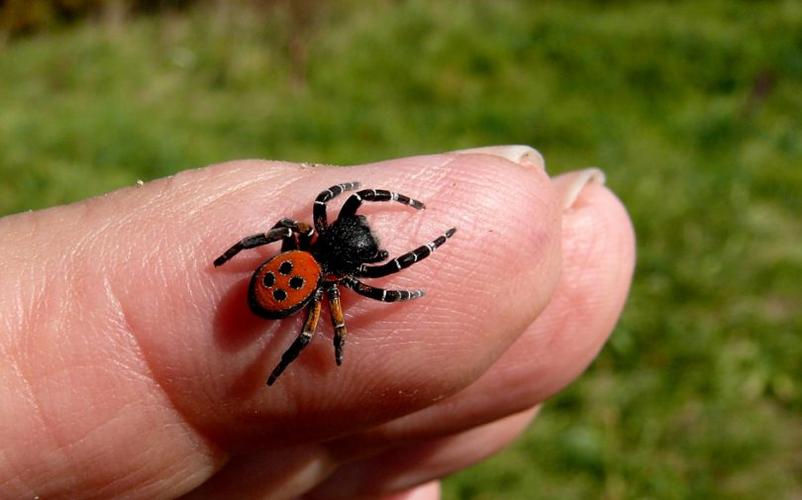
Spider Spider Bites: A Comprehensive Guide
When it comes to spider bites, understanding the risks and how to handle them is crucial. Whether you’re a seasoned outdoorsman or a casual city dweller, knowing what to do if you’re bitten by a spider can make a significant difference. This article delves into the details of spider bites, covering everything from the most common species to the symptoms and treatment options.
Common Spider Species
Not all spiders are venomous, but some can cause serious harm. Here’s a look at some of the most common spider species known for their bites:

| Spider Species | Location | Notable Features |
|---|---|---|
| Black Widow | North America | Red hourglass mark on abdomen |
| Brown Recluse | North America | Light to dark brown coloration |
| Hobo Spider | North America | Two rows of dots on abdomen |
| Funnel-Web Spider | Australia | Long, slender legs |
While these are just a few examples, it’s important to remember that many other spider species can bite and cause discomfort or harm.
Recognizing the Symptoms
Spider bites can range from mild to severe, and symptoms can vary depending on the species and the individual’s immune response. Here are some common symptoms to look out for:
-
Pain at the bite site
-
Redness and swelling

-
Itching
-
Wheals or blisters
-
Severe symptoms, such as difficulty breathing, fever, or chills, may indicate a more serious reaction
It’s important to note that some people may not experience any symptoms at all, while others may have a severe reaction. If you’re ever in doubt, it’s best to seek medical attention.
Immediate First Aid
When dealing with a spider bite, immediate first aid is essential. Here are some steps to follow:
-
Wash the bite area with soap and water to prevent infection.
-
Apply a cool, wet compress to reduce swelling and pain.
-
Keep the affected area elevated if possible.
-
Avoid applying ice directly to the bite, as it can cause further damage.
-
Seek medical attention if symptoms worsen or if you’re unsure about the spider’s identity.
Treatment Options
In most cases, spider bites can be treated at home with over-the-counter remedies. However, some situations may require medical intervention. Here are some common treatment options:
-
Antihistamines: To reduce itching and swelling.
-
Topical creams: To prevent infection and reduce pain.
-
Oral pain relievers: To manage pain and inflammation.
-
Antivenom: In severe cases, especially for bites from venomous species like the Funnel-Web Spider.
Prevention Tips
Preventing spider bites is always better than dealing with the aftermath. Here are some tips to help you avoid unwanted encounters:
-
Keep your home clean and clutter-free, as spiders often seek shelter in dark, undisturbed areas.
-
Seal any cracks or gaps around your home where spiders might enter.
-
Be cautious when handling





